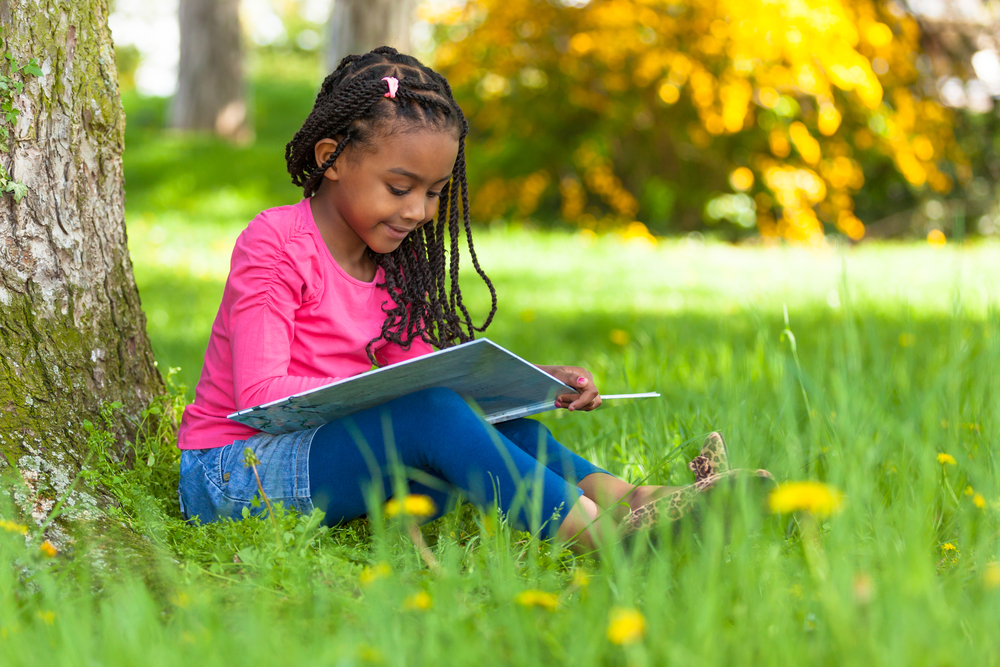When I was ten years old, my parents got a hammock for the backyard of our small duplex in a working class neighborhood of Montreal. I would lie there for hours looking up at the sky, contemplating the day and trying to distinguish shapes in the clouds. Some clouds were brilliant and fluffy. Others were flat and wispy. Some would look like rocket ships and others like Smurfs.
The current pace of life has virtually eliminated such uninterrupted thinking time for our children. We often find ourselves rushing them between after-school activities and then back home for a quick dinner before getting to bed. Many working parents are so busy that they get home after their children have fallen asleep, taking away time to talk and reflect.
Studies show that uninterrupted and unstructured playtime has a great impact on the development and creativity of children. Today’s public schools do incorporate some playtime, however they do so in a “tick the box” manner (in between a plethora of standardized subjects and weekly tests). By comparison, Finland, a top global performer in education, provides 75 minutes of recess time to young students. Unfortunately we are going in the opposite direction as governments impose “educational reform” strategies to measure and manage teachers, filling every minute of the students’ time.
It is up to parents to fill the gap.
Take a critical look at your child’s schedule. Post a sheet on your fridge and track the daily time spent during a week between car-pooling, after-school activities, clubs and the like. Once you have completed a week, analyze the schedule. Eliminate some activities. Defer others for later. Make some hard choices and don’t worry about what your child’s classmates are doing (today’s parent needs to be comfortable being different). You will be doing your child a huge favor.
Some of my best memories consist of the little things I observed during uninterrupted free time. The incredible precision and stability of a hummingbird’s hovering flight. The ever so tiny sliver of a new moon emerging, and its subsequent evolution to a full moon. The geometric shapes inside the first snowflake I saw on the window of my bedroom. The resoluteness of Aslan in The Lion, the Witch and the Wardrobe, or the cleverness of the Fantastic Mr. Fox. All of these have helped me later in life to understand a complex math problem or address a team issue at work.
Slow down your child’s life and give her a chance to look around. Life’s small observations are the best teachers. Keep us posted of their stories and wondrous observations!

